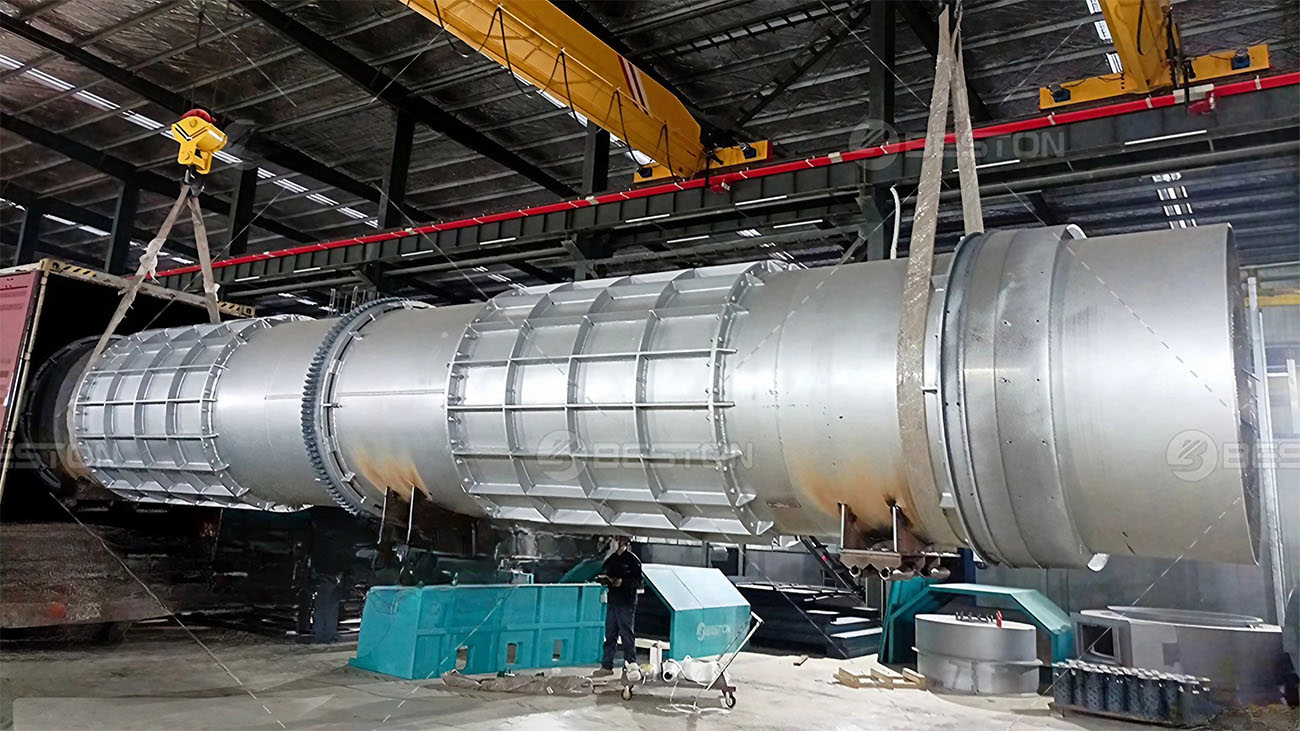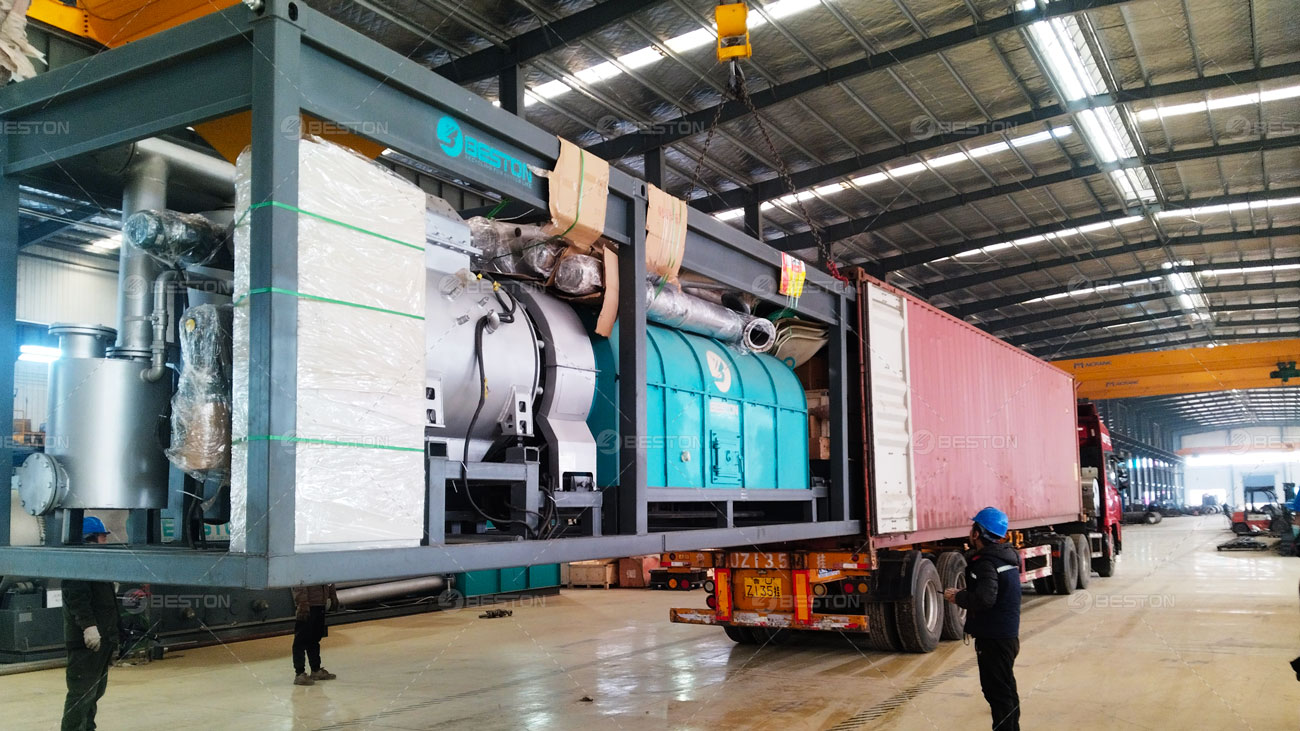Wood processing waste presents a significant environmental challenge, but innovative technologies like pyrolysis offer sustainable solutions. Pyrolysis is a thermal decomposition process that converts organic materials, such as wood waste, into valuable products like charcoal. This article explores the potential of wood to charcoal machines in transforming wood processing waste into a valuable resource while promoting sustainability and environmental stewardship.

Understanding Pyrolysis Technology
Pyrolysis involves heating organic materials in the absence of oxygen, leading to the breakdown of complex molecules into simpler compounds. In the case of wood processing waste, wood to charcoal machine converts wood chips, sawdust, and other residues into charcoal, bio-oil, and syngas. These products have various industrial applications, including fuel, chemicals, and agricultural amendments.
Key Components of Wood to Charcoal Machine
Wood to charcoal machines typically consist of several essential components:
- Feeding System: Allows for the continuous feeding of wood waste into the pyrolysis reactor.
- Pyrolysis Reactor: Where the thermal decomposition of wood waste occurs, producing charcoal, bio-oil, and syngas.
- Condensation System: Collects and condenses the volatile vapors released during pyrolysis into liquid bio-oil.
- Gas Treatment System: Removes impurities from the syngas, making it suitable for use as a fuel or feedstock.
- Charcoal Cooling and Collection System: Cools and collects the charcoal produced during pyrolysis for further processing or storage.
Environmental Advantages of Wood to Charcoal Machines
The wood pyrolysis plant offers several environmental benefits:
- Waste Reduction: By converting wood processing waste into valuable products, these machines help reduce the volume of waste sent to landfills or incinerators.
- Carbon Sequestration: Charcoal produced through pyrolysis can serve as a stable form of carbon storage, helping mitigate greenhouse gas emissions.
- Renewable Energy: The bio-oil and syngas generated during pyrolysis can be used as renewable fuels, reducing dependence on fossil fuels and mitigating climate change.

Operational Efficiency and Technological Advancements
Modern wood to charcoal machines are designed for optimal efficiency and productivity:
- High Throughput: Advanced reactors and feeding systems enable continuous processing of wood waste, maximizing production rates.
- Energy Recovery: Heat recovery systems capture and reuse waste heat generated during pyrolysis, improving energy efficiency and reducing operating costs.
- Automation: Automated control systems monitor and adjust process parameters in real-time, optimizing performance and minimizing downtime.
Regulatory Compliance and Safety Measures
Wood to charcoal machines must comply with regulatory standards governing emissions, waste management, and worker safety. Stringent regulations ensure that pyrolysis facilities operate in an environmentally responsible manner, minimizing environmental impact and protecting human health.
Economic Viability and Market Dynamics
The economic viability of wood to charcoal equipment depends on several factors:
- Feedstock Availability: Access to abundant and low-cost wood processing waste is critical for maintaining competitiveness.
- Product Demand: Market demand for charcoal, bio-oil, and syngas influences the profitability of pyrolysis operations.
- Policy Support: Government incentives, subsidies, and carbon pricing mechanisms can incentivize investment in wood to charcoal technologies.
Emerging Trends and Opportunities
As awareness of environmental issues grows, the demand for sustainable waste management solutions is on the rise. Wood to charcoal machines offer promising opportunities for:
- Circular Economy: By converting wood waste into valuable products, pyrolysis contributes to a circular economy where resources are reused and recycled.
- Bioenergy Production: Charcoal, bio-oil, and syngas produced through pyrolysis can play a significant role in renewable energy generation and bio-based industries.
- Carbon Offsetting: Charcoal produced from wood processing waste can be marketed as a carbon-neutral or carbon-negative fuel, offering additional revenue streams for businesses. Get more information on carbon offsets: https://bestonmachinery.com/
Conclusion
In conclusion, wood to charcoal machines represent a sustainable and environmentally friendly option for recycling wood processing waste. Through the process of pyrolysis, these machines convert wood waste into valuable products like charcoal, bio-oil, and syngas, which can be used as renewable fuels or feedstocks for various industries. As the world transitions towards a more sustainable future, wood to charcoal technologies have the potential to play a crucial role in reducing waste, mitigating climate change, and promoting circular economy principles.